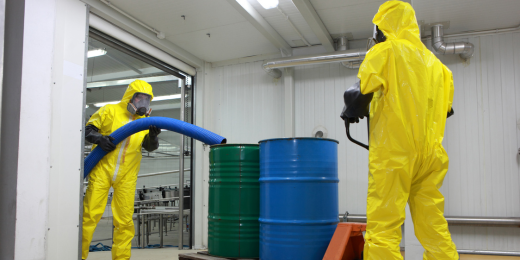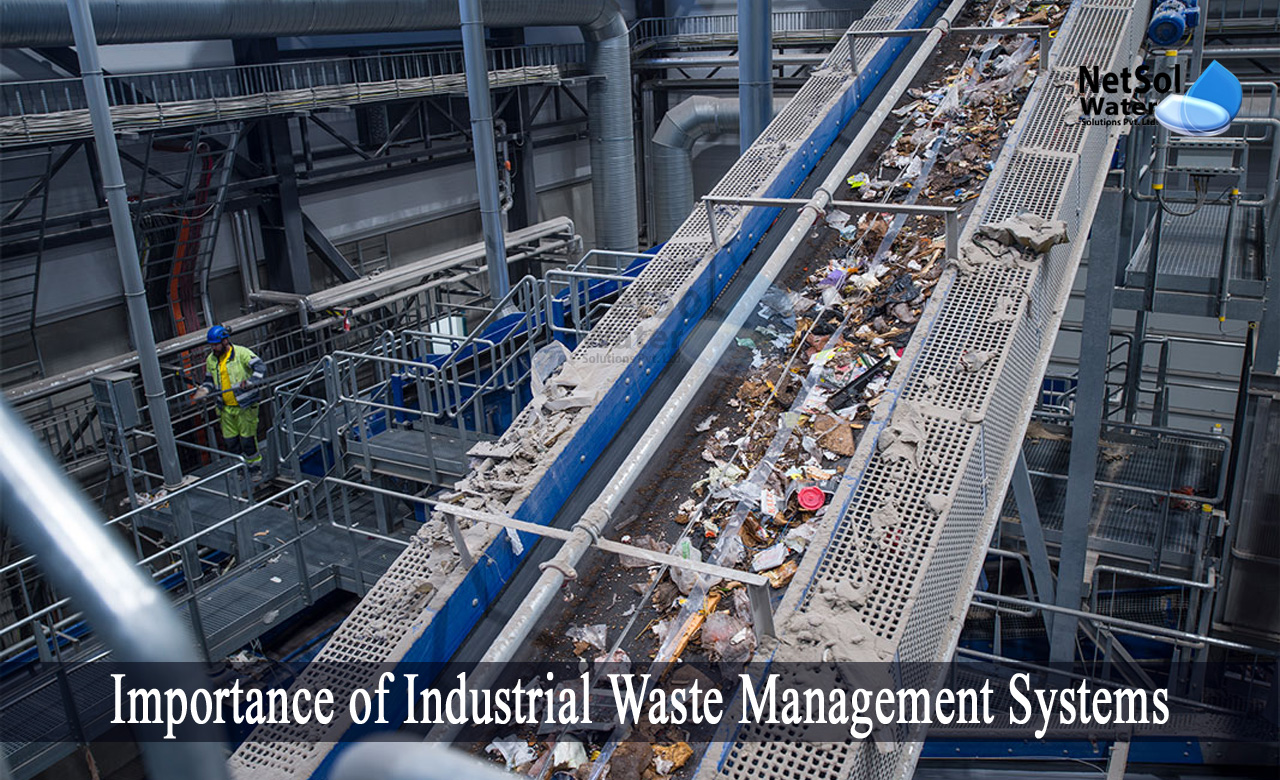The 8-Second Trick For Reclaim Waste
The 8-Second Trick For Reclaim Waste
Blog Article
Unknown Facts About Reclaim Waste
Table of ContentsThe Buzz on Reclaim WasteUnknown Facts About Reclaim WasteThe Greatest Guide To Reclaim Waste7 Easy Facts About Reclaim Waste ShownEverything about Reclaim Waste
Residential sewer waste refers to the waste and products from a property septic storage tank. The proper administration and disposal of domestic sewage waste require fluid waste to be moved to a sewage therapy plant where the appropriate approaches and tools are applied to purify and dispose of waste.
Commercial waste usually includes prospective hazards, such as flammable products or a mix of fluid and strong waste items, and calls for a much more advanced and detailed disposal process. The disposal of business waste usually involves the filtering of waste prior to transportation to make sure secure and proper disposal. Hazardous waste is created from by-products and overflow of commercial processes and production.
This type of waste can not use the exact same sewer monitoring transportation or procedures as septic or business fluids. The hazardous waste administration process calls for the evaluation and testing of liquid waste prior to it undertakes the disposal procedure (liquid waste removal melbourne). Drainage waste is the fluid waste that comes from overflow and excess stormwater in extremely booming locations or cities
Drainage waste can create contamination and flooding if not managed effectively. Making sure appropriate waste management can avoid disasters and lower ecological injury.
The Only Guide to Reclaim Waste
Contact PROS Providers today to find out about our waste monitoring and disposal services and the appropriate means to take care of the liquid waste you generate.
(https://filesharingtalk.com/members/604691-reclaimwaste1)Do you understand what takes place to your water when you disengage, flush the commode or drain the washing equipment? No? Well, it's worth recognizing. This supposed 'wastewater' is not just an essential source but, after therapy, will certainly be launched to our land, waterways or the sea. Used water from toilets, showers, bathrooms, kitchen sinks, laundries and commercial processes is called wastewater.

water used to cool machinery or tidy plant and equipment). Stormwater, a form of wastewater, is drainage that flows from agricultural and metropolitan locations such as roofing systems, parks, gardens, roads, paths and gutters right into stormwater drains, after rain. Stormwater flows untreated directly to neighborhood creeks or rivers, ultimately reaching the ocean.
Not known Facts About Reclaim Waste
In Queensland, many wastewater is treated at sewage therapy plants. Wastewater is moved from residential or industrial websites through a system of sewage systems and pump stations, called sewage reticulation, to a sewage treatment plant. Neighborhood governments construct, maintain and operate most sewage treatment plants. Operators are accredited under the Environmental Protection Act 1994 to discharge treated wastewater at an appropriate environmental standard into waterways.
The Department of Natural Resources encourages city governments about managing, operating and maintaining sewerage systems and treatment plants. In unsewered areas, local federal governments might call for householders to install individual or household sewer therapy systems to deal with domestic wastewater from bathrooms, cooking areas, washrooms and washings. The Department of Natural Resources authorises using house systems when they are confirmed to be reliable.
A lot of stormwater why not find out more gets no treatment. In some brand-new communities, therapy of some stormwater to remove trash, sand and gravel has started using gross toxin traps. Wastewater treatment occurs in four phases: Removes solid matter. Bigger solids, such as plastics and various other things incorrectly released to sewers, are gotten rid of when wastewater is travelled through screens.
Makes use of little living microorganisms recognizes as micro-organisms to break down and eliminate continuing to be liquified wastes and fine bits. Micro-organisms and wastes are included in the sludge.
Some Known Details About Reclaim Waste
Nutrient elimination is not available at all sewage treatment plants due to the fact that it needs costly specialist devices. Clear liquid effluent created after treatment may still contain disease-causing micro-organisms - industrial wastewater treatment.

This normally suggests wastewater has actually to be dealt with or pollutants eliminated before it can be released to waterways. Many wastewater flows right into the sewage system. Under the Act, regional governments administer authorizations and permits for ecologically appropriate tasks (Periods) entailing wastewater launches that may have a local influence. The division provides authorizations and permits to Ages involving wastewater launches that might have a local or statewide influence.
Getting The Reclaim Waste To Work
Or else, samples are considered research laboratory evaluation. Commonly many examinations are needed to develop the levels of each of the different toxins such as oils, heavy metals and pesticides in water. Tracking provides factual info regarding water top quality and can confirm that licence conditions are being fulfilled. The information obtained with tracking gives the basis for making water quality decisions.
Report this page